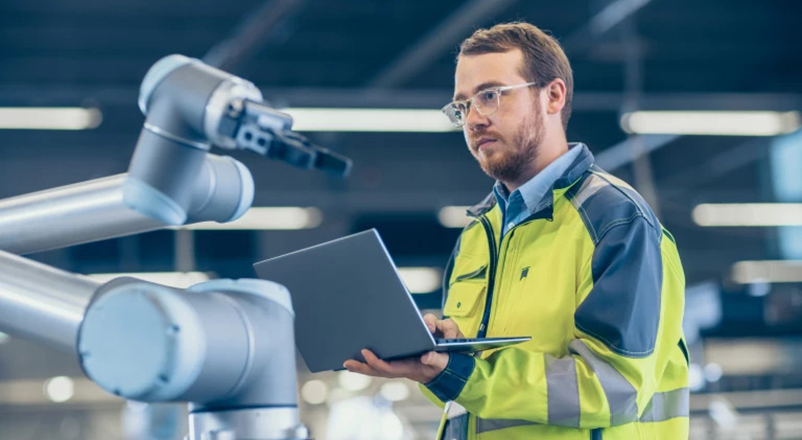
The Regeneration Pillar goes beyond conventional sustainability, which seeks to minimize harm, by aiming to actively restore and improve natural and human systems. In the context of the Fifth Industrial Revolution (5IR), regeneration is about designing industries, infrastructures, and supply chains that do not merely reduce damage, but contribute positively—replenishing ecosystems, strengthening communities, and enhancing resilience over time.
Where sustainability asks: "How do we do less harm?", regeneration asks: "How do we leave things better than we found them?"
This pillar intersects with energy, manufacturing, agriculture, cities, and workforce systems, ensuring that the gains of 5IR are not just efficient, but restorative.
The Regeneration Pillar ensures that the Fifth Industrial Revolution is not only sustainable, but also restorative. It provides the foundation for industries and societies to thrive long-term, creating abundance while healing the ecological and social damage of prior industrial eras.
1. Ecosystem Restoration
Integrating technologies and policies that actively heal degraded land, forests, watersheds, and oceans.
Example: AI-guided reforestation drones, bioengineered soil microbes for carbon capture.
2. Circularity+
Goes beyond recycling and reuse—creating feedback loops where waste becomes input for higher-value processes.
Example: EV battery recycling ? black mass ? refined battery-grade materials ? new cells.
3. Energy Positive Systems
Facilities and infrastructures that generate more clean energy than they consume.
Example: Net-positive gigafactories, solar-plus-BESS microgrids, industrial waste-heat capture.
4. Societal Regeneration
Workforce, health, and community uplift tied into industrial and technological deployments
Example: Upskilling in clean-tech clusters, AI-driven healthcare for underserved regions.
5. Material Regeneration
Biologically inspired or synthetic materials that repair, heal, or extend life cycles
Example: Self-healing concrete for resilient infrastructure, biodegradable packaging.
▢ AI + Robotics: Automated reforestation, real-time soil/water monitoring, predictive ecosystem modeling.
▢ Bioengineering: Engineered microbes for carbon capture, soil regeneration, and pollution breakdown.
▢ Advanced Materials: Self-healing concrete, graphene membranes for water purification.
▢ Circular Chemistry: Safe, endlessly recyclable industrial inputs (solvents, catalysts, rare earth substitutes).
▢ Energy Systems: Microgrids that integrate renewables, storage, and surplus-to-grid contribution.
▢ Measurement & Standards - Lack of agreed metrics for “net-positive” impacts.
▢ Scale & Cost - Many regenerative projects remain pilot-scale or expensive.
▢ Cross-Sector Integration - Requires alignment across supply chains, governments, and industries.
▢ Time Horizons - Benefits (e.g., ecosystem restoration) may take decades to manifest.
▢ New Accounting Frameworks - Move beyond ESG to Regenerative Impact Metrics (RIMs).
▢ Policy Incentives - Subsidies, tax credits, and procurement preferences for regenerative enterprises.
▢ Digital Twins of Ecosystems - AI-powered simulation of ecological and social outcomes.
▢ Cross-Sector Clusters - Industrial clusters designed for symbiotic energy/material flows.